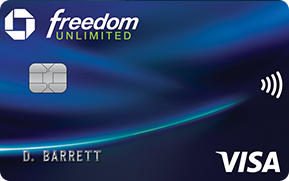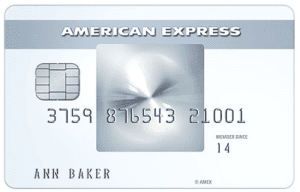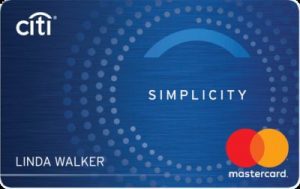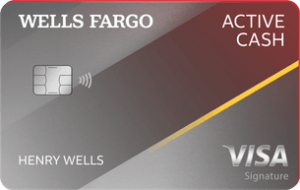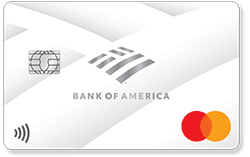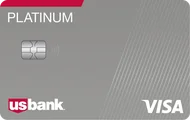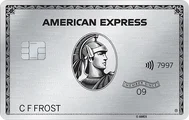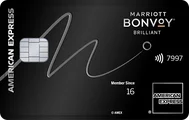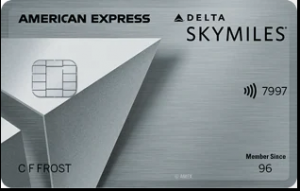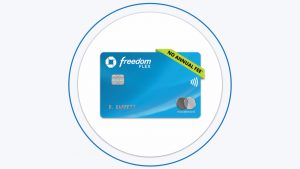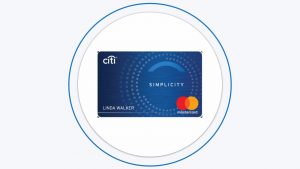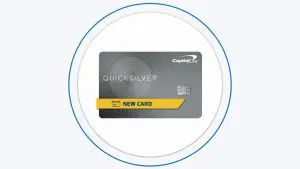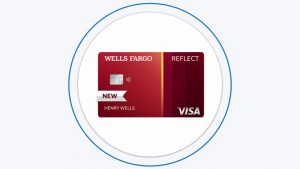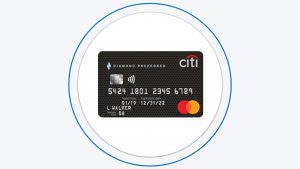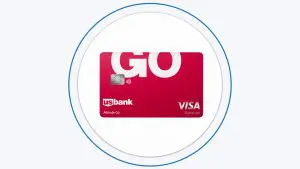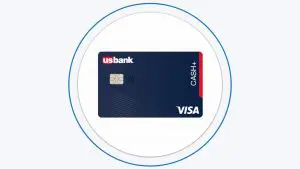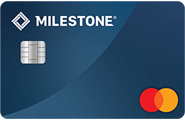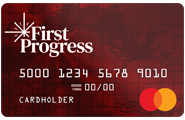Table Of Content
If you’re looking to pay off credit card debt then a balance transfer card may be just what you’re looking for. You just need to choose the right card, with the lowest interest rate you can.
That’s where these cards give you the benefits, for a promotional period of time, at least. Now, there are some things you should know about these cards to avoid falling into one of the standard traps.
Look at the information we’ve found about some of the most common problems that people using balance transfer cards fall into.
Key Takeaways
- One of the most common mistakes people make with a balance transfer is ignoring fees. In most cases, credit card companies charge between a 3% to 5% fee for the transferred balance.
- Some cards offer 0% interest on transferred balances. However, this benefit does not extend to new purchases.
- If you miss the payment, then the credit card company can cancel the 0% introductory period offer and charge a high-interest rate.
1. Ignoring The Fees
One of the biggest problems is that people ignore the fees that are associated with balance transfer cards. Interest rates are getting higher, but the fees are definitely going to be there too and you’ll need to know what those are before you sign on the dotted line.
Now, you’re generally going to have a promotional period on your interest, where you don’t pay any. But you are going to have to pay a fee for the convenience of being able to switch to that card. And if you’re not careful about how you do this, you could spend more on a balance transfer fee than you save in interest.
That’s because these fees are generally between 3% and 5%, and there’s also usually a minimum in case you transfer less than a set amount. Now, it’s vital that you pay off those fees right away and that you know what they are before you even get started.
These will all need to be disclosed to you, but you do have to look. Make sure you talk to the credit card company offering the card if you’re unsure about the fees that will be charged.
And you can also talk to them after you notice a charge. Ensure you’re getting all the information right away so you can protect yourself later on.
Card | 0% Intro | Balance Transfer Fee |
| Chase Freedom Unlimited® | 15 months on purchases and balance transfers | $5 or 5% |
|---|---|---|---|
| 15 months on purchases | N/A | |
| Citi Simplicity® Card | 12 months on purchases and 21 months on balance transfers | $5 or 5% (whichever is greater) |
| Wells Fargo Active Cash | 15 months on purchases and qualifying balance transfers | $5 or 5% (the greater) |
| BankAmericard® credit card | 21 billing cycles on purchases and balance transfers made within the first 60 days | 3% or $10, whichever is greater |
| U.S. Bank Visa® Platinum Card | 20 billing cycles on purchases and balance transfers | $5 or 3% (the greater) |
2. Adding New Purchases
There are a couple of important reasons why you shouldn’t make a purchase on your balance transfer card. First, you’re not going to get interest-free periods on the new purchases you make.
That only applies to the money that you transferred, and that means you’re going to have potentially high interest on any new purchases you make, possibly over 20%.
On top of that, you’re trying to get out of debt with your new balance transfer card. If you’re digging yourself in even further that’s definitely not going to help you with your goal.
You’re going to find yourself in even more debt. So, make sure you pay off your debt before buying anything new.
Now, a balance transfer is intended to help you pull yourself up and out of debt. The best way to do that is to stop spending on things that you don’t need.
Stop spending on your credit cards and make sure that you are paying as much as you can toward the new credit card charges that you have.
If you absolutely must use the new card or if you’ve already used it then make sure you pay off whatever you charged as quickly as possible. You’re going to need that card paid off as soon as possible.
3. Making Late Payments
The zero-interest period on your card only lasts as long as you follow the rules and one of the rules is that you have to make all of your payments on time. If you don’t, you’re going to have bigger problems.
Losing your promotional period rate means you’ll have to pay whatever the regular interest, or even the penalty rate. That could be as low as 11% or as high as over 25%.
Keep in mind that if you’re not making your payments fast enough to pay off your full debt before you actually get out of the promotional period you’re going to be paying that high rate as well. And that could be even worse than your last card.
You want to make sure that you’re making all of your payments and if you forget or are late for one make sure you call the company immediately to talk to them about it. You want them to know the payment is being made and maybe they’ll give you a second chance.
You should always make sure that you’re going to be able to pay the minimum on your cards by the due date, at the very least. Setting alarms in your phone or automatic payments are a couple ways to do this.
4. Missing the Introductory Period
You can avoid paying interest if you pay off your debt from a balance transfer card during the introductory period.
Some of these cards even give you up to 21 months to pay them off. But if you don’t finish paying it before the period ends you could end up with high interest. And you could end up with what’s called a revert rate as well.
You definitely want to take advantage of that 0% interest, and it’s going to look great while you’re working through it.
But when the period ends you could end up paying a very large APR, which could be anywhere from 17% to up.
Some cards charge over 20% interest. That’s something you definitely don’t want to have to deal with and paying only the minimum could get you stuck in exactly that place.
| Outstanding Debt | Interest Rate | Interest Cost Over 12 Months |
|---|---|---|
| 15,000 | 21% | $3150 |
| 15,000 | 17% | $2550 |
| 15,000 | 13% | $1950 |
| 15,000 | 0 | $0 |
The most important thing you can do is pay off as much as you possibly can of your card before you get out of that specialty rate. The best thing is to pay the whole thing off.
Now, if you have a remaining balance even after your promotional rate has ended you’re not alone. A lot of people find themselves falling into this trap.
Just make sure you pay as much as you can as fast as possible. You may need to make some adjustments to make larger payments and that’s okay.
It's simple, you just need to make sure you get out of paying that high interest.
You could also look at how much you’re able to pay each month and then set up automatic payments so that the money comes out of the account for you each month. That way, you can pay as much as possible and get rid of that debt more quickly.
Top Offers From Our Partners
5. Ignoring Your Old Card
When you transfer a balance, you’re transferring it from a different card, and it’s easy to toss that card to the side and ignore it.
Unfortunately, you need to pay attention to the payment due dates on that card. If you have a payment due before the transfer takes effect, you have to make the payment.
If you don’t, you could end up with fees and late payment charges on a balance you didn’t even think was still on the card. Plus, you want to ensure you don’t spend with that card once you transfer the balance over to your new card.
